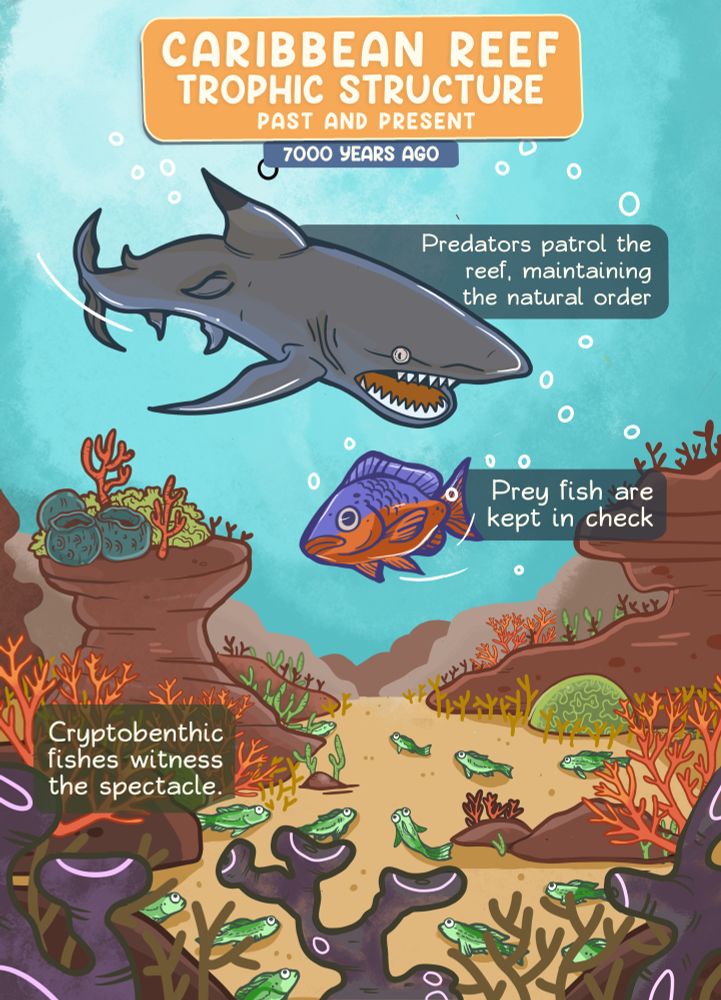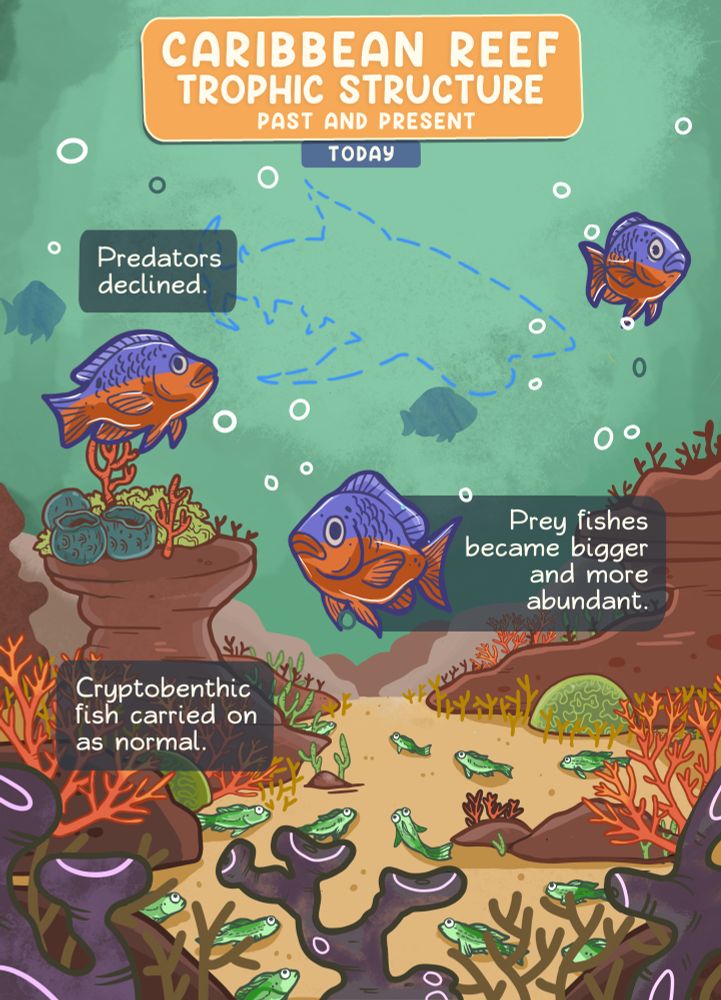











www.pnas.org/doi/10.1073/...
[most co-authors not on bluesky except @javsdiaz.bsky.social @jonscibulski.bsky.social]...


www.pnas.org/doi/10.1073/...
[most co-authors not on bluesky except @javsdiaz.bsky.social @jonscibulski.bsky.social]...
Deadline is today, but if you need more time please just let me know

Deadline is today, but if you need more time please just let me know




What surprised us was that prey fish doubled in abundance and are growing 17% larger today, suggesting release from predation


What surprised us was that prey fish doubled in abundance and are growing 17% larger today, suggesting release from predation






www.pnas.org/doi/10.1073/...
Illustrations @cookedillustrations.com


www.pnas.org/doi/10.1073/...
Illustrations @cookedillustrations.com










